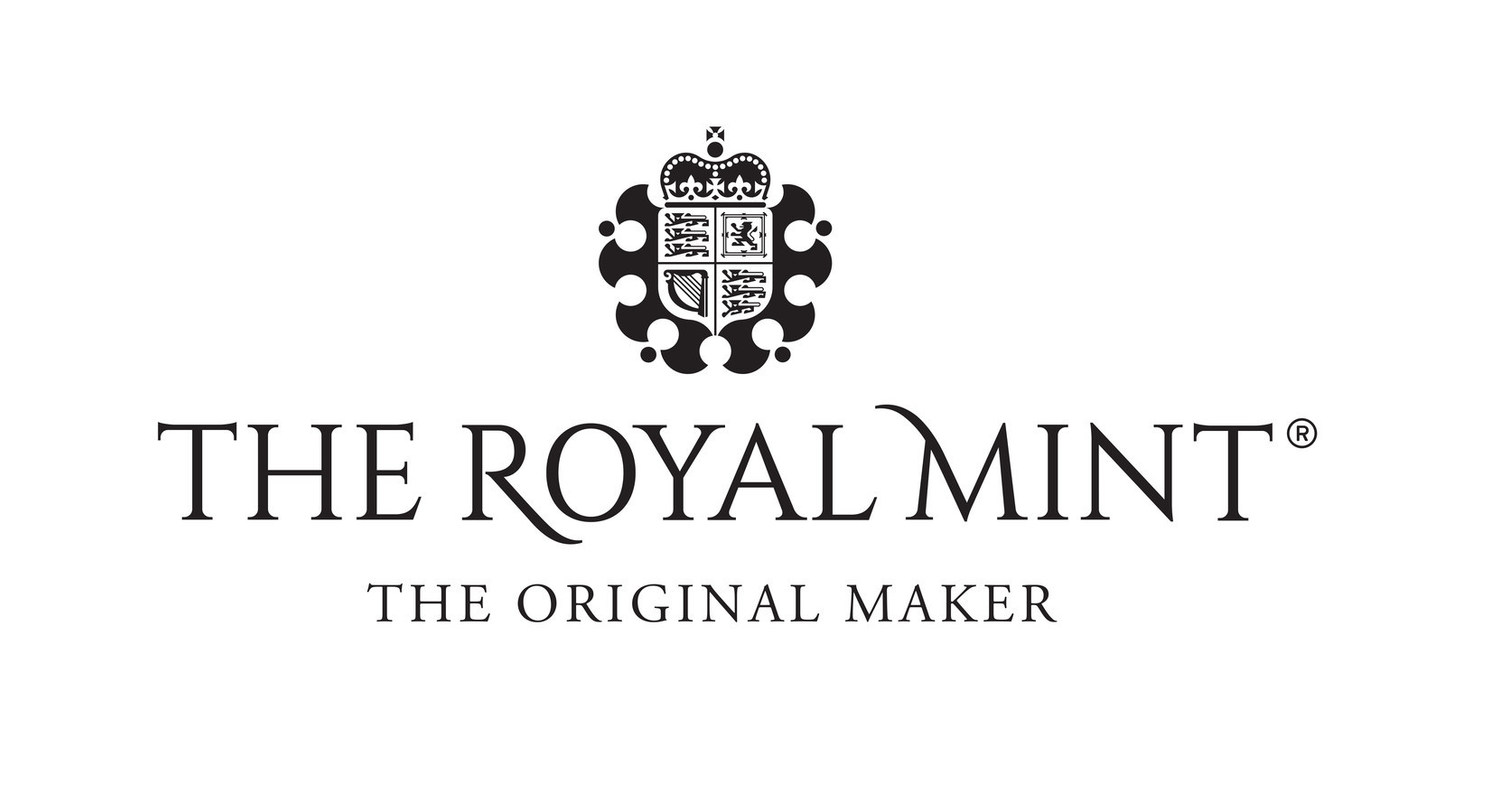ETF issuers must decide whether to remove Russian bars from gold exchange-traded commodities (ETCs) amid the country’s ongoing war in Ukraine.
On 7 March, the London Bullion Market Association (LBMA) announced a ban on new precious metals from Russian refiners from its “good delivery” list.
The LBMA’s decision means six Russian refiners will no longer be accredited with good delivery status, however, existing bars produced by these refiners are still on the list and can continue to be included in gold ETCs.
The six refiners are JSC KRASNOYARSK, JSC Novosibirsk Refinery, JSC Uralelectromed, Moscow Special Alloys Processing Plant, Prioksky Plant of Non-Ferrous Metals and Shyolkovsky Factory of Secondary Precious Metals.
According to data seen byETF Stream, there is currently over $5bn assets invested in Russian bars across gold ETCs in Europe.
Of this, Europe’s two largest gold ETCs, the $16.7bn iShares Physical Gold ETC (SGLN) and the $16.3bn Invesco Physical Gold ETC (SGLD), currently have approximately $4bn exposure to Russian bars which accounts for 12% of each ETC.
Dr. Christopher Mellor, head of EMEA ETF equity and commodity product management at Invesco, said the rule put in place by the LBMA means SGLD can no longer accept new gold bars produced by those refiners.
This is the case for all gold ETCs in Europe in order to remain aligned to the LBMA’s good delivery standards.
However, Mellor predicted the LBMA would not ban legacy gold bars from the good delivery list going forwards.
“If you consider the aim of the sanctions, it is to penalise companies linked to the regime in Russia,” he said. “Removing refiners’ access to sell in the Loco London market – [gold that is physically held in London] – does exactly that.
“Removing good delivery status from pre-existing gold would only serve to penalise innocent holders.”
In response to the LBMA, the Royal Mint has gone one step further by making the decision to remove all Russian bars from its $485m Royal Mint Physical Gold Securities ETC (RMAU).
On an ETF Streamwebinar last week, Anthony Bamber head of business development at The Royal Mint, told the audience if the LBMA goes further with a ban on legacy gold bars from Russian refiners as well, this could become an issue for providers.
As of last week, The Royal Mint has switched all 60 Russian gold bars within RMAU to non-Russian bars.
This can be achieved by selling Russian bars to meet redemptions while only buying non-Russian bars to meet creations.
“Some of the market will want to offer an ETC that does not contain any Russian bars, supporting the fact that they are not on board with how Russia has acted in this conflict,” Bamber said.
“If the LBMA changes the rules [again], it could become an issue.”
Barring the moral issue of holding Russian bars at a time when the country has invaded another sovereign state, there is a risk if legacy bars also lose their good delivery status, issuers will be stranded with gold not meeting the LBMA’s requirements.
As we have seen with Russia ETFs over the past few weeks, the situation can move very quickly. In a world dominated by ESG, we could start seeing greater investor pressure on issuers to remove Russian gold bars from the ETCs.
DWS declined to comment. BlackRock, Amundi and WisdomTree did not respond to requests for comment.
Related articles





